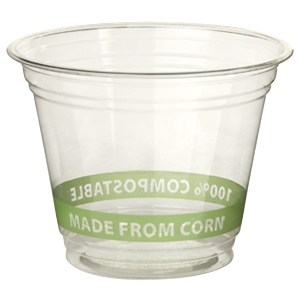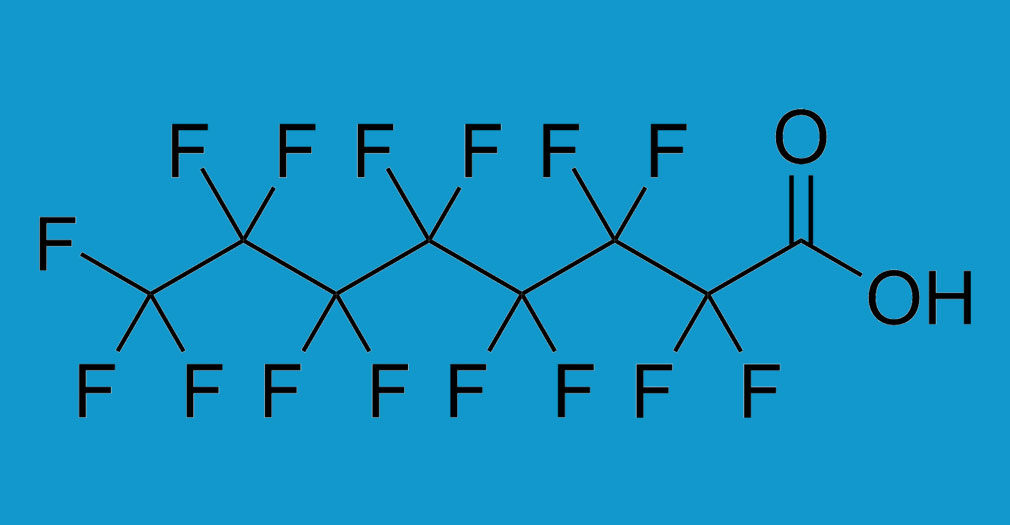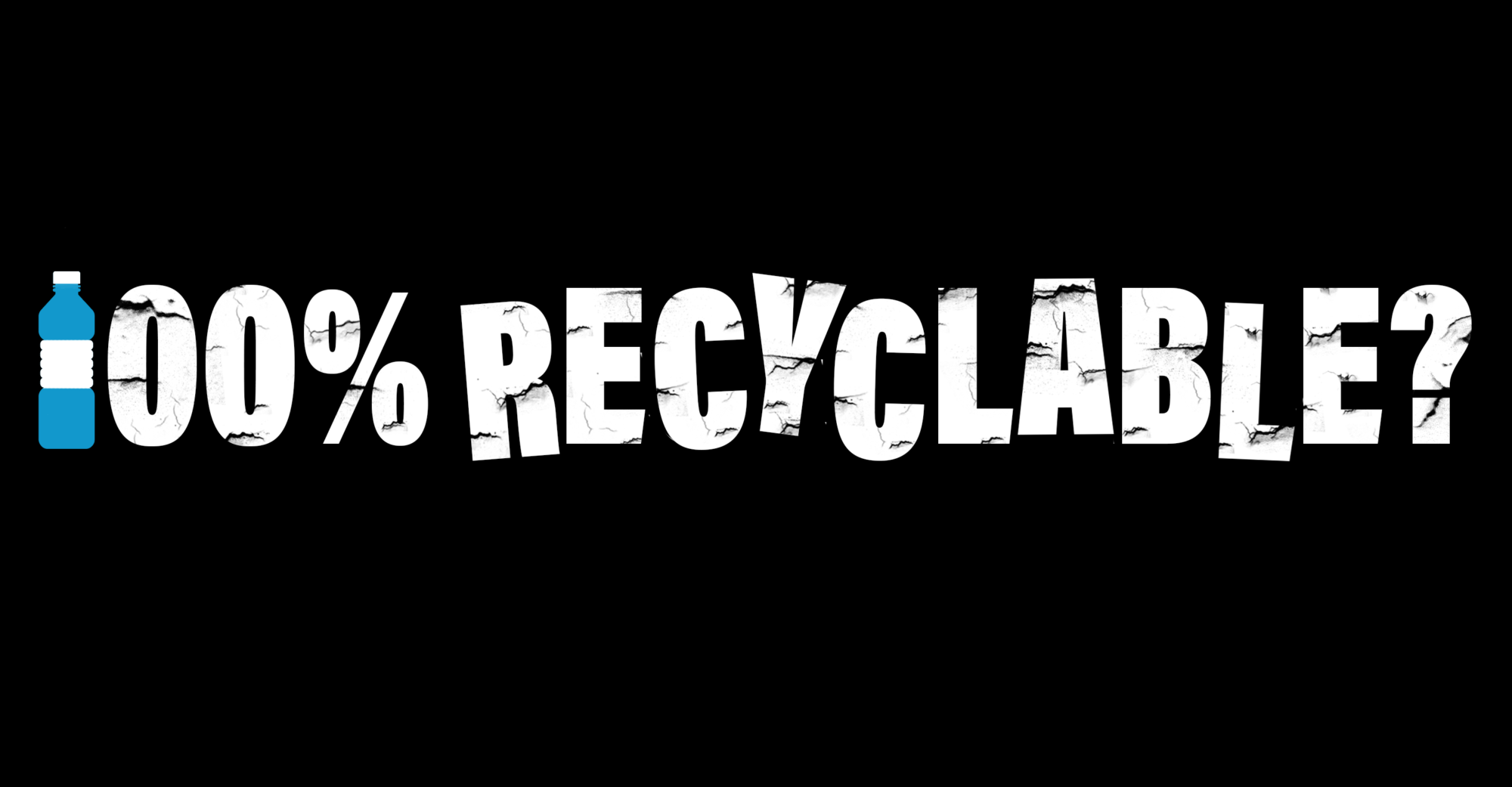
By the Numbers: Greenwashing Class-Action Lawsuits
TINA.org has tracked more than 150 lawsuits alleging greenwashing.
We’ve all seen and heard the terms “green,” “eco-friendly,” “natural,” “environmentally safe,” and “ozone friendly” in ads or on product labels. Marketers across the globe have used these terms to make consumers believe that their products are good for the environment. Thankfully, there are lots of products out there that treat Mother Earth with a little respect. But, sadly, there are also plenty of crooks out there who are abusing these claims and our planet.
Five Common Types of “Greenwashing”:
1. Outright lying: A company tells you their product is environmentally friendly when, in reality, it’s slowly destroying our beloved Planet Earth.
2. No proof: An advertisement claims that the product has several environmental benefits, but the company can’t back up its claims with any scientific data.
3. Vague terms: A product is labeled with the word “natural,” but you have no idea what that really means, so you assume it’s a good thing and buy it.
4. Misleading and irrelevant claims: A company tells you that their products are free of chlorofluorocarbons (Chlorofluorocarbons; CFCs, which contain chlorine, fluorine, and carbon, have been implicated in the depletion of the ozone layer.), but CFCs have been banned from products since the 1990s.
5. Distraction: An advertisement tells you that their otherwise harmful product is “eco-friendly” so you’re duped into thinking the product is suddenly good for the environment. Example? “Green” insecticides.
Examples of misleading claims:
1. Compostable Plastic

This cup is made from PLA, a corn-based plastic. PLA gained a lot of popularity after 2006, when Wal-Mart began using it to package some of its produce. It claims to be compostable, which it technically is, but only if you have access to an industrial composting facility. In an ordinary trash can, it’s just trash.
2. Locavore Claims

In 2010, McDonalds launched a campaign in Washington State targeting locavores, citing all of the local sources for their products. But McDonald’s was already using local sources when possible, before patting themselves on the back for it – and not because it was sustainable or environmentally friendly, but because it was cheap.
Avoid the scams by asking questions, requesting back-up information, and carefully reading labels and product ingredient lists.
TINA.org has tracked more than 150 lawsuits alleging greenwashing.
Class-action lawsuits target human and environmentally-friendly claims.
Bottled-water brands mislead consumers who want to “do their part” and recycle, class-action lawsuits allege.

